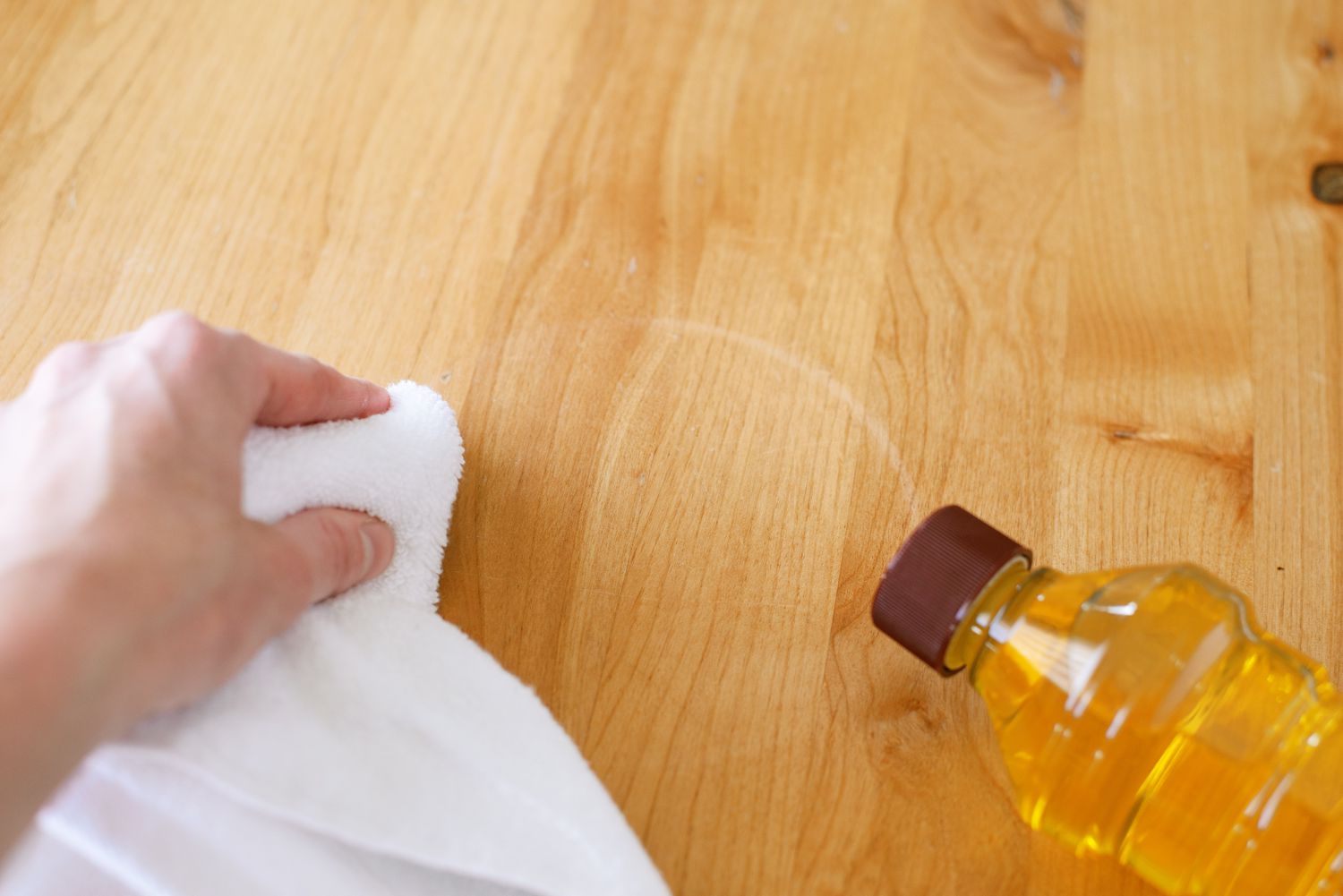

Articles
How To Remove Water Stains On Wood Furniture
Modified: August 22, 2024
Learn how to effectively remove water stains on wood furniture with our easy-to-follow guide. Restore the natural beauty of your furniture using simple and affordable methods.
(Many of the links in this article redirect to a specific reviewed product. Your purchase of these products through affiliate links helps to generate commission for Storables.com, at no extra cost. Learn more)
Introduction
Welcome to our comprehensive guide on how to remove water stains on wood furniture. Water stains can be a frustrating sight on your beloved furniture, but fear not! With the right tools and techniques, you can easily restore your wood furniture back to its original glory.
Water stains occur when moisture penetrates the wood and causes unsightly marks on the surface. Whether it’s a spill from a glass or a damp cup left on the table, these stains can be a real eyesore. But before you consider giving up on your prized furniture piece or resorting to pricey professional services, try out these effective and budget-friendly methods we’ve put together for you.
Before we dive into the remedies, it’s essential to understand the nature of water stains on wood furniture. There are two types of water stains: white and dark stains. White stains are caused when the moisture only affects the finish, leaving a pale, hazy ring on the surface. Dark stains, on the other hand, occur when the water penetrates deeper into the wood, causing a dark and discolored mark.
To successfully remove these stains, it’s important to gather the necessary tools and materials. For most methods, you’ll need items that are readily available in your home or can be easily purchased at a nearby store. Some of the common tools include:
- Clean microfiber cloth
- Mayonnaise or petroleum jelly
- Baking soda and toothpaste
- Vinegar and olive oil
- Iron
- Cotton cloth or paper towel
Each method has its own unique approach, so choose the one that best suits the type of stain you’re dealing with. Let’s dive right in and explore these effective methods step by step.
Key Takeaways:
- Easily restore the beauty of your wood furniture by using household items like mayonnaise, baking soda, vinegar, and an iron to remove water stains. Prevention tips also help safeguard your cherished pieces for years to come.
- Understanding the nature of water stains and utilizing the right tools and techniques can effectively remove white and dark stains from wood furniture. Take proactive steps to prevent future water stains and maintain the longevity and beauty of your furniture.
Read more: How To Stain Wood Furniture
Understanding Water Stains on Wood Furniture
Water stains on wood furniture can be a common and frustrating occurrence. Understanding how these stains form and affect the wood can help you better tackle the issue and prevent further damage.
When water comes into contact with wood, it can cause a chemical reaction that stains the surface. There are two types of water stains that commonly occur: white stains and dark stains.
White Stains
White stains are superficial and only affect the finish of the wood. These stains are typically caused by condensation or moisture sitting on the surface of the wood for an extended period. The trapped moisture reacts with the finish, causing it to become hazy and giving the appearance of a white mark.
If not treated promptly, white stains can become more difficult to remove as the moisture seeps deeper into the wood. However, with the right techniques, these stains can often be successfully removed, restoring the original beauty of the wood.
Dark Stains
Dark stains are more severe and occur when water penetrates the wood’s surface, causing discoloration. This can happen when a spill or prolonged exposure to moisture allows water to seep through the finish and into the wood fibers. As a result, the wood absorbs the water, leaving behind a dark and unsightly stain.
Dark stains are more difficult to remove since they involve deeper penetration into the wood. However, with the proper methods and a little patience, you can often reduce or even eliminate the appearance of these stains.
It’s important to note that the type of wood and its finish can also impact the severity of the water stains. Some woods are more susceptible to staining than others, and different finishes may react differently to moisture.
By understanding the type of water stain you’re dealing with and the specific characteristics of your wood furniture, you’ll be better equipped to choose the most appropriate method for removal.
Preparing the Necessary Tools and Materials
Before you start removing water stains from your wood furniture, it’s important to have the right tools and materials at hand. Gathering these supplies beforehand will ensure a smooth and efficient stain removal process. Here are some common items you’ll need:
Read more: How To Remove Stains From Furniture
Clean Microfiber Cloth
A clean microfiber cloth is an essential tool for any wood furniture cleaning job. It is gentle on the surface of the wood and helps to prevent further damage or scratches. Make sure the cloth is free from any dirt or debris that could potentially scratch the wood.
Mayonnaise or Petroleum Jelly
If you’re dealing with white water stains on your wood furniture, mayonnaise or petroleum jelly can be effective at removing them. These household items work by rehydrating and reabsorbing the moisture from the wood, eventually reducing or eliminating the white stain.
Baking Soda and Toothpaste
Baking soda and toothpaste are versatile household items that can help remove both white and dark water stains. When combined with a little water, baking soda creates a gentle abrasive paste that can help lift stains from the wood’s surface. Toothpaste, especially non-gel varieties, can also be used in a similar manner.
Vinegar and Olive Oil
Vinegar and olive oil can be effective in removing dark water stains. Vinegar acts as a natural cleaning agent and can help break down the stain, while olive oil helps to restore the wood’s natural shine and moisture. Mixing equal parts vinegar and olive oil creates a powerful cleaning solution.
Iron
If you’re dealing with stubborn water stains that won’t budge, an iron can come in handy. When combined with a cloth or paper towel, the heat from the iron can help lift the stain from the wood’s surface. However, it’s important to use this method with caution and follow the proper instructions to avoid damaging the wood.
By preparing these essential tools and materials before starting the stain removal process, you’ll be well-equipped to tackle any water stains that have marred the beauty of your wood furniture. With the right techniques and a little patience, you can restore your furniture to its former glory.
Method 1: Removing Water Stains with Mayo or Petroleum Jelly
This method is particularly effective for removing white water stains caused by moisture on the wood’s surface. Mayonnaise or petroleum jelly can help rehydrate the wood and minimize the appearance of the stain. Follow these steps to utilize this method:
- Ensure the affected area is clean and free of any dirt or debris.
- Apply a generous amount of mayonnaise or petroleum jelly directly onto the water stain.
- Using a clean microfiber cloth, gently rub the mayonnaise or petroleum jelly into the stain.
- Allow the mayonnaise or petroleum jelly to sit on the stain for at least a few hours or overnight.
- Once the waiting period is over, wipe off the excess mayonnaise or petroleum jelly using a clean cloth.
- If the stain remains, repeat the process and let it sit for a longer period.
- Once the stain is removed, clean the area with a damp cloth to remove any residue.
- Finally, apply a wood polish or furniture wax to restore the shine and protect the wood’s surface.
This method works by rehydrating the wood and allowing it to absorb the moisture from the mayonnaise or petroleum jelly. As a result, the white stain should gradually fade, restoring the appearance of the wood.
It’s important to note that this method may not work for all types of wood or stains. It is recommended to test a small, inconspicuous area of the furniture first to ensure it does not cause any damage or discoloration.
By using mayonnaise or petroleum jelly, you can effectively tackle white water stains on your wood furniture and bring back its natural beauty.
Method 2: Using Baking Soda and Toothpaste to Remove Water Stains
If you’re dealing with both white and dark water stains on your wood furniture, using baking soda and toothpaste can be an effective and affordable solution. Baking soda acts as a mild abrasive, while toothpaste helps to lift stains and restore the wood’s surface. Follow these steps to utilize this method:
- Mix a small amount of baking soda with water to create a paste-like consistency. The ratio should be approximately 1 part water to 3 parts baking soda.
- Apply the baking soda paste directly to the water stain, covering it completely.
- Gently rub the paste into the stain using a clean microfiber cloth. Be careful not to apply too much pressure, as you may inadvertently scratch the wood.
- Continue rubbing the paste into the stain in circular motions for a few minutes.
- Once the stain begins to fade or disappear, wipe off the baking soda paste using a clean cloth.
- If the stain persists, apply a small amount of non-gel toothpaste directly onto the affected area.
- Gently rub the toothpaste into the stain using a clean cloth, again using circular motions.
- Leave the toothpaste on the stain for a few minutes, then wipe it off with a damp cloth.
- Repeat the process if necessary until the water stain is no longer visible.
By using baking soda and toothpaste, you can gently remove water stains from your wood furniture without causing any damage. However, it’s important to be cautious when applying the paste and toothpaste, as excessive rubbing or using harsher toothpaste varieties can potentially scratch the wood.
After the stain is removed, clean the area with a damp cloth to remove any residue. Finally, apply a wood polish or furniture wax to protect and restore the natural luster of the wood.
This method is versatile and can be used on various types of wood furniture. Remember to test a small, inconspicuous area first to ensure the baking soda and toothpaste do not cause any unwanted discoloration or damage to the wood.
With baking soda and toothpaste, you can confidently tackle water stains on your wood furniture and enjoy the beauty of your restored pieces for years to come.
Method 3: Removing Water Stains with Vinegar and Olive Oil
If you’re dealing with stubborn dark water stains on your wood furniture, using a mixture of vinegar and olive oil can be an effective solution. Vinegar acts as a natural cleaning agent, while olive oil helps to restore the wood’s natural shine. Follow these steps to utilize this method:
- In a small bowl, mix equal parts vinegar and olive oil. For example, you can use 1/4 cup of each.
- Dip a clean microfiber cloth into the mixture and wring out any excess liquid.
- Gently rub the cloth over the water stain, making sure to cover the entire affected area.
- Continue rubbing the mixture into the stain for a few minutes, using circular motions.
- Allow the mixture to sit on the stain for at least 10 minutes.
- Using a clean cloth or paper towel, wipe off the excess mixture from the wood’s surface.
- If the stain is still visible, repeat the process and allow the mixture to sit for a longer period.
- Once the stain is removed, clean the area with a damp cloth to remove any residue.
- Finally, polish the wood using a furniture wax to protect and enhance its appearance.
This method works by utilizing the cleaning properties of vinegar to break down and lift the water stain from the wood’s surface. The olive oil helps restore the wood’s natural shine and provides moisture to prevent further damage.
It’s important to note that this method may not work for all types of wood or stains. Test the vinegar and olive oil mixture on a small, inconspicuous area of the furniture first to ensure it doesn’t cause any discoloration or damage.
By using vinegar and olive oil, you can effectively remove stubborn dark water stains from your wood furniture, leaving it looking refreshed and revitalized.
Read more: How To Remove Paint On Wood Furniture
Method 4: Using Iron and Cloth to Remove Water Stains
If you have water stains on your wood furniture that have deeply penetrated the surface, using an iron and cloth can be an effective method to lift and remove the stain. This method involves applying heat to the stain, which helps to release the trapped moisture from the wood. Follow these steps to utilize this method:
- Ensure the affected area is clean and free from any dust or debris.
- Place a clean, dry cloth over the water stain.
- Set your iron to a medium heat setting, making sure to avoid using steam.
- Gently press the iron onto the cloth, directly over the water stain.
- Moving in circular motions, apply the iron to the cloth for 10-15 seconds at a time. Be careful not to keep the iron in one spot for too long, as this can damage the wood.
- Lift the iron and check the progress. You may notice the stain transferring onto the cloth.
- If the stain is still visible, repeat the process, using a clean portion of the cloth each time.
- Continue this method until the water stain is no longer visible.
- Once the stain is removed, clean the area with a damp cloth to remove any residue.
- Apply a thin layer of wood polish or furniture wax to protect and restore the wood’s finish.
This method works by using heat to evaporate the trapped moisture within the wood, allowing the stain to lift off the surface and transfer onto the cloth.
It’s crucial to exercise caution when using the iron to prevent any accidental damage to the wood. Only use this method on sturdy, non-sensitive wood surfaces, and test it on an inconspicuous area first to make sure it doesn’t cause any adverse effects.
By using an iron and cloth, you can effectively remove deep-set water stains and restore the appearance of your wood furniture to its former beauty.
Prevention Tips to Keep Water Stains Away
Prevention is always better than cure when it comes to water stains on wood furniture. By following these practical tips, you can keep your furniture protected and minimize the chances of water stains occurring:
Use Coasters and Mats
Place coasters or mats on your wood furniture to provide a protective barrier against spills and moisture. Encourage family members and guests to use coasters for drinks and mats for wet items to prevent direct contact with the wood surface.
Wipe Up Spills Immediately
Accidents happen, but it’s crucial to address spills promptly. Use a clean cloth to blot up any liquid before it has a chance to penetrate the wood. Avoid wiping the spill, as this can spread the liquid and potentially cause more damage.
Read more: How To Remove Wood Stain From Brick
Avoid Placing Hot or Cold Items Directly on the Wood
Hot and cold items can cause temperature-related damage to wood furniture. Use trivets or heat-resistant mats for hot objects like cups of coffee or pots. Similarly, use coasters or placemats for cold items to prevent condensation from forming on the surface.
Maintain Optimal Humidity Levels
Wood is sensitive to changes in humidity, which can cause it to expand or contract. Maintain an optimal humidity level in your home, ideally between 40% and 60%, to prevent the wood from absorbing excess moisture or drying out and cracking.
Apply Protective Coatings
Protect your wood furniture by applying a protective coating, such as a waterproof sealant or furniture wax. These coatings create an additional layer of defense against moisture and help to maintain the wood’s natural beauty.
Regularly Clean and Dust
Regular cleaning and dusting of your wood furniture can help prevent the buildup of dirt and grime that can lead to water stains. Use a soft, lint-free cloth or a microfiber cloth to gently clean the surface, avoiding harsh chemicals that can damage the finish.
Reapply Protective Coatings as Needed
Over time, protective coatings on wood furniture can wear off. Monitor the condition of the coating and reapply it as needed to ensure the continued protection of your furniture against water stains.
By following these prevention tips, you can safeguard your wood furniture from water stains and maintain its pristine condition for years to come. Prevention is key to preserving the beauty and longevity of your cherished pieces.
Conclusion
Water stains on wood furniture can be a frustrating sight, but with the right knowledge and techniques, you can easily remove them and restore the beauty of your cherished pieces. From white stains to deep-set dark stains, we’ve covered a variety of methods using household items like mayonnaise, baking soda, vinegar, and even an iron.
Remember to always test any method on a small, inconspicuous area first to ensure it doesn’t cause any damage or discoloration to your furniture. Additionally, it’s crucial to promptly address spills, use protective coasters and mats, and maintain optimal humidity levels to prevent future water stains.
By taking proactive steps to protect your wood furniture, you can prevent water stains before they even occur. Regular cleaning and maintenance, as well as the application of protective coatings, will ensure the longevity and beauty of your furniture for years to come.
So the next time you notice a water stain on your wood furniture, don’t panic. Armed with the methods and prevention tips we’ve provided, you can confidently tackle the issue and restore your furniture to its original splendor.
Remember, whether it’s a cherished heirloom or a newly acquired piece, your wood furniture deserves the best care and attention. With some effort and the right remedies, you can keep it looking beautiful and enjoying its presence for generations to come.
Frequently Asked Questions about How To Remove Water Stains On Wood Furniture
Was this page helpful?
At Storables.com, we guarantee accurate and reliable information. Our content, validated by Expert Board Contributors, is crafted following stringent Editorial Policies. We're committed to providing you with well-researched, expert-backed insights for all your informational needs.
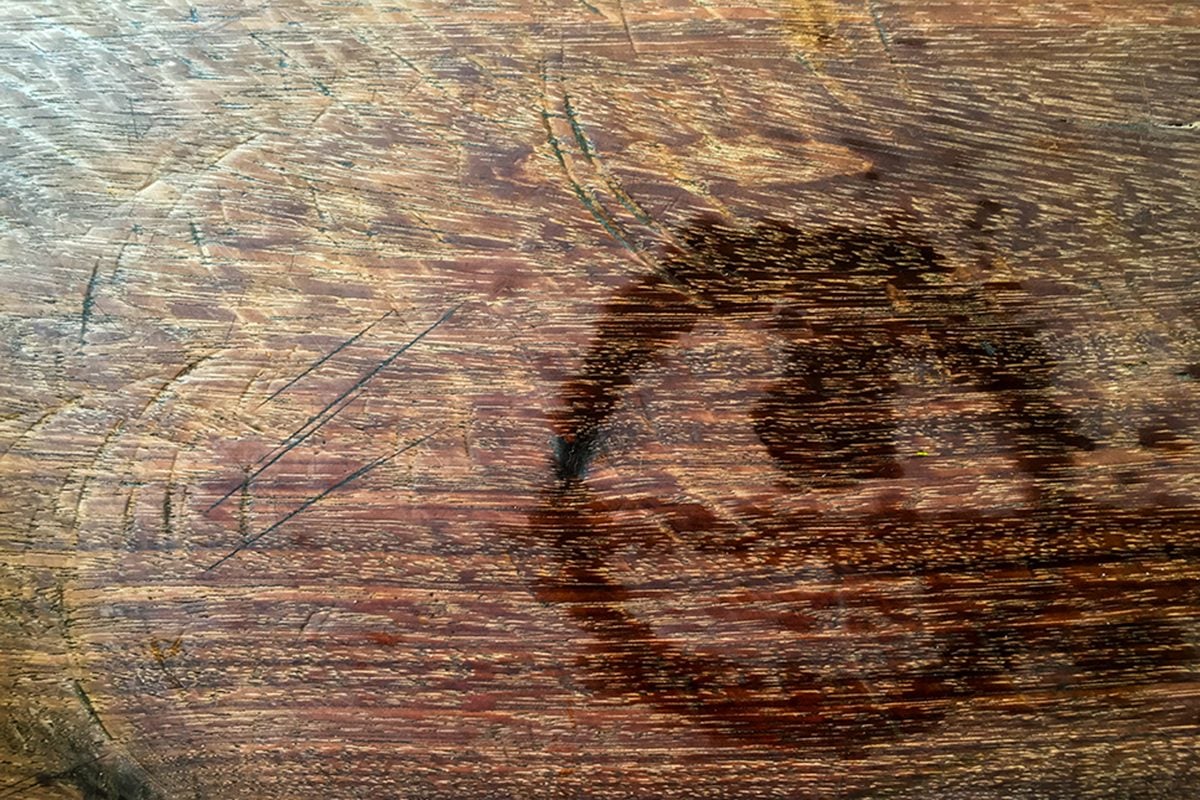
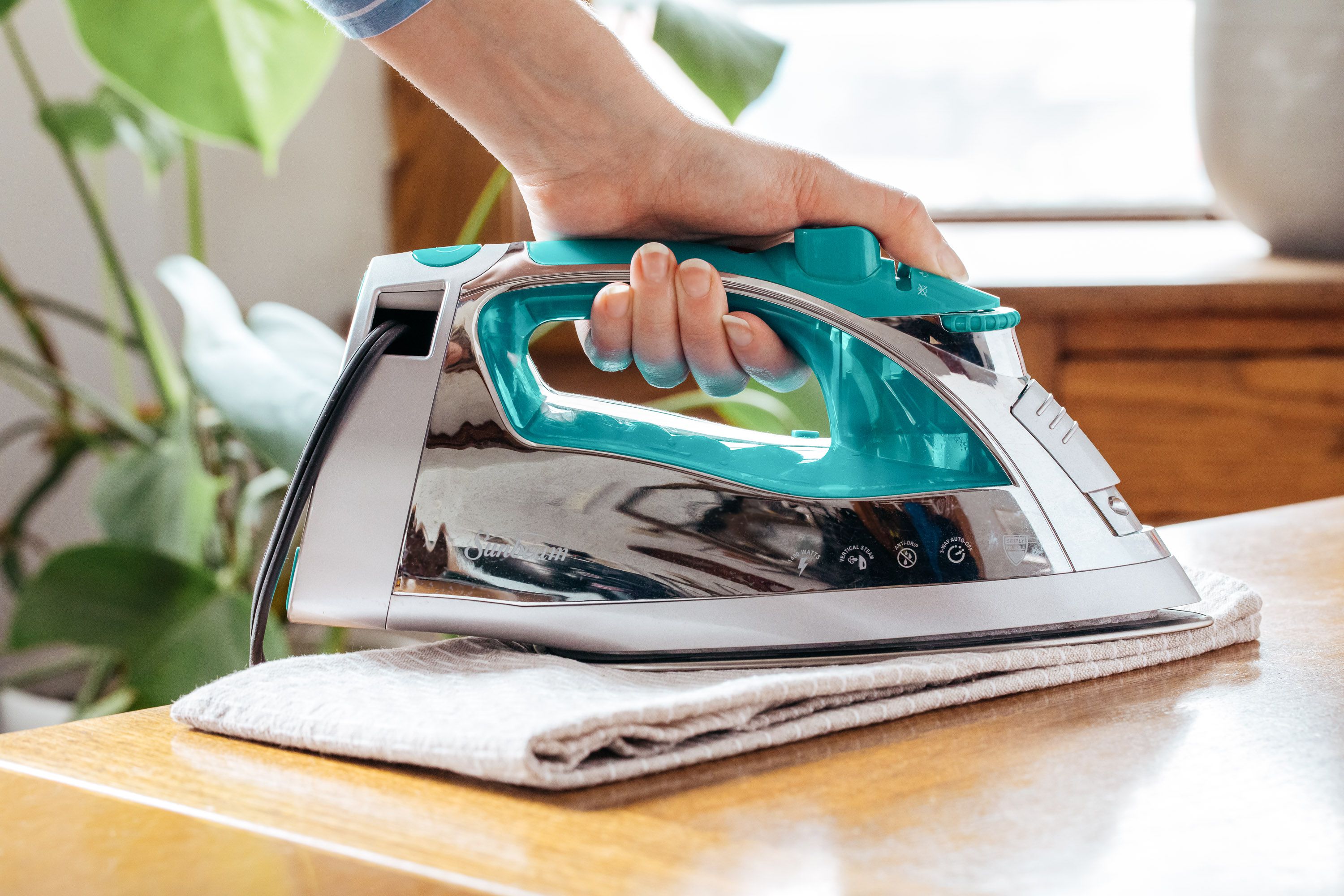
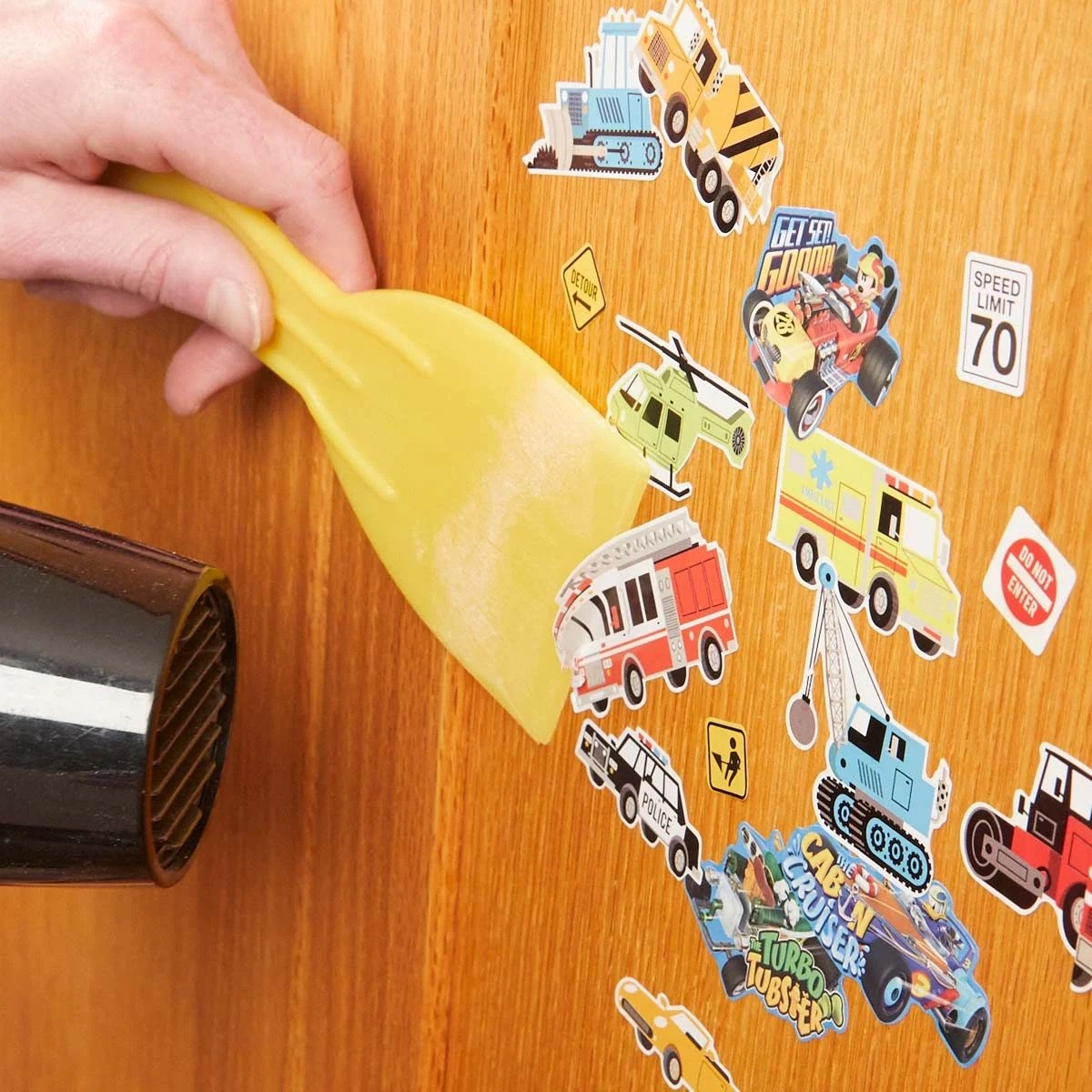
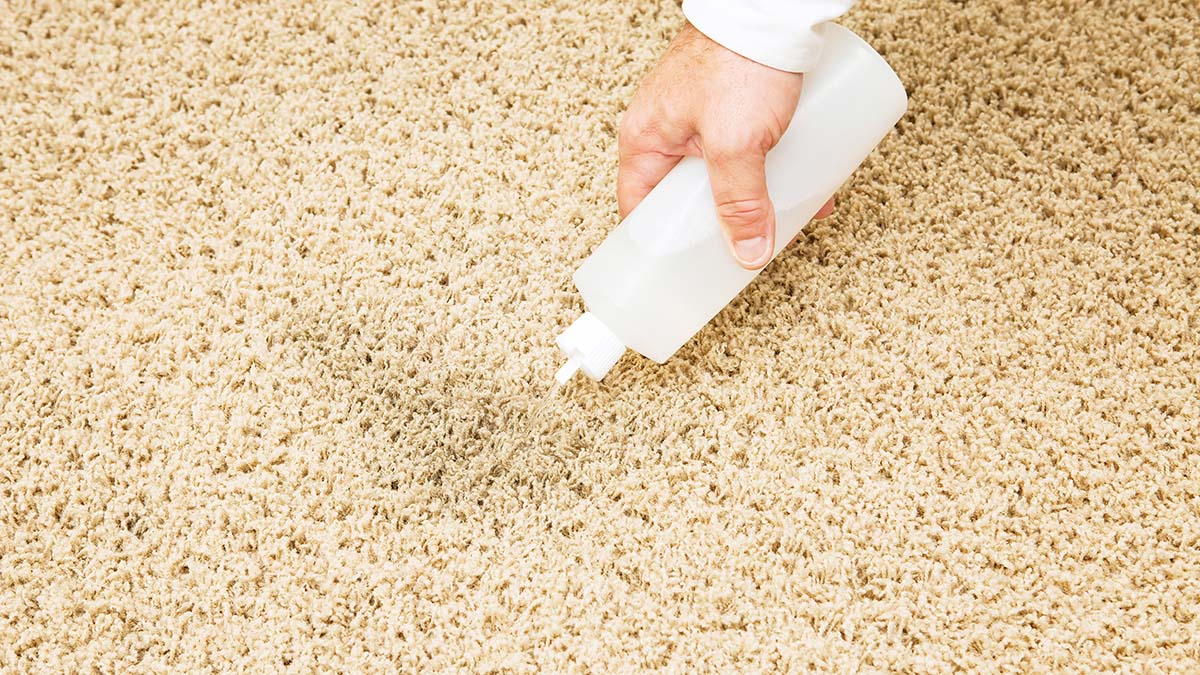
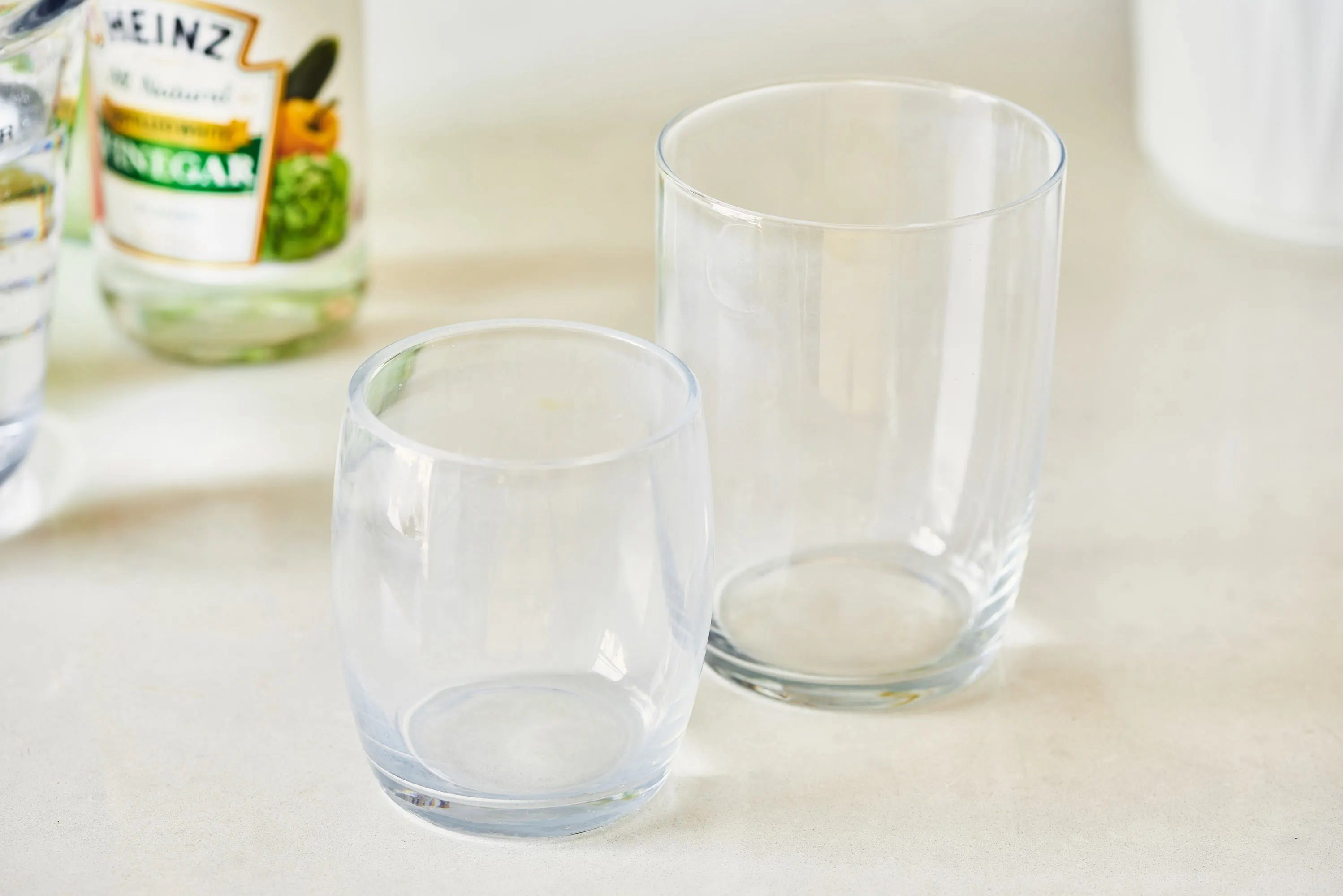
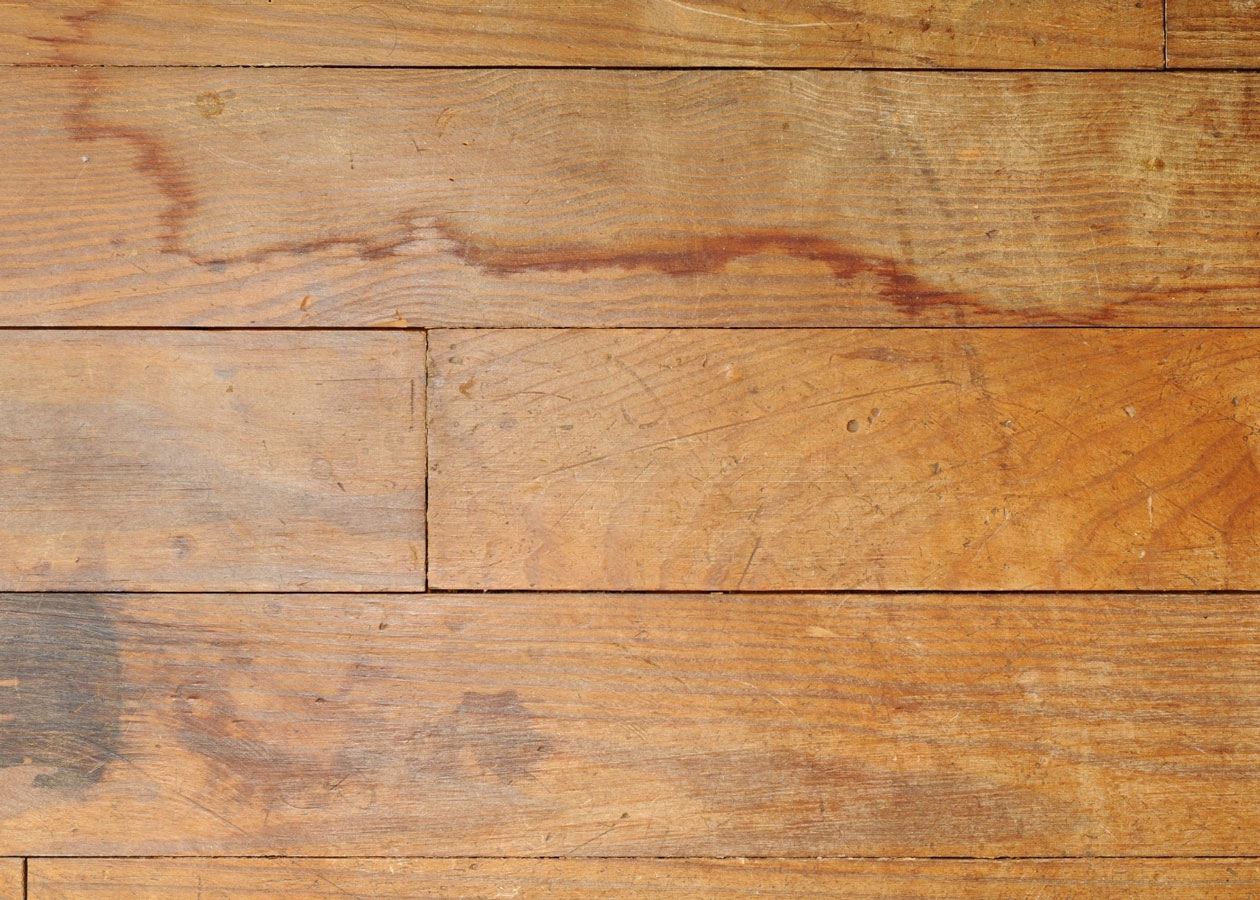
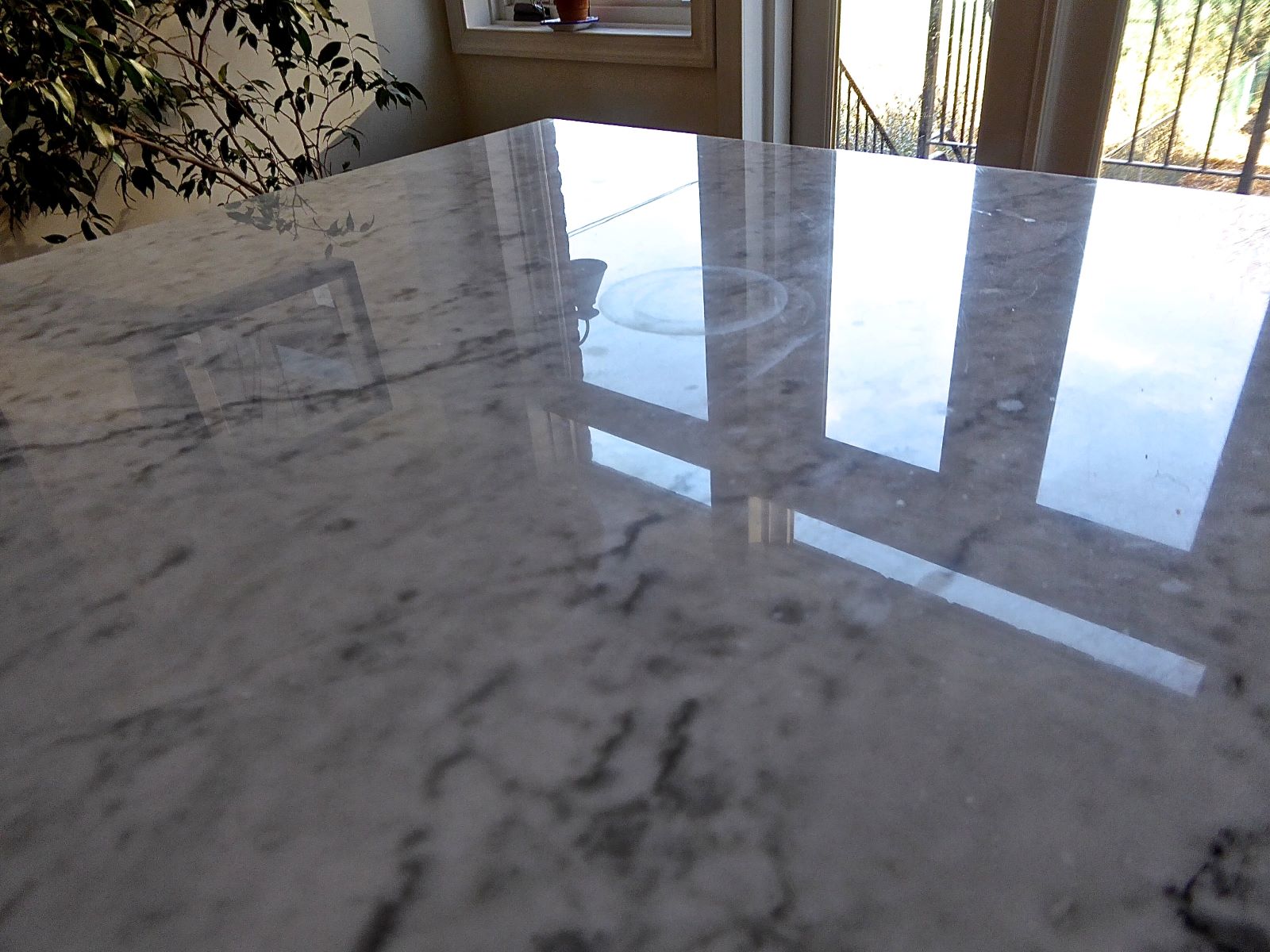
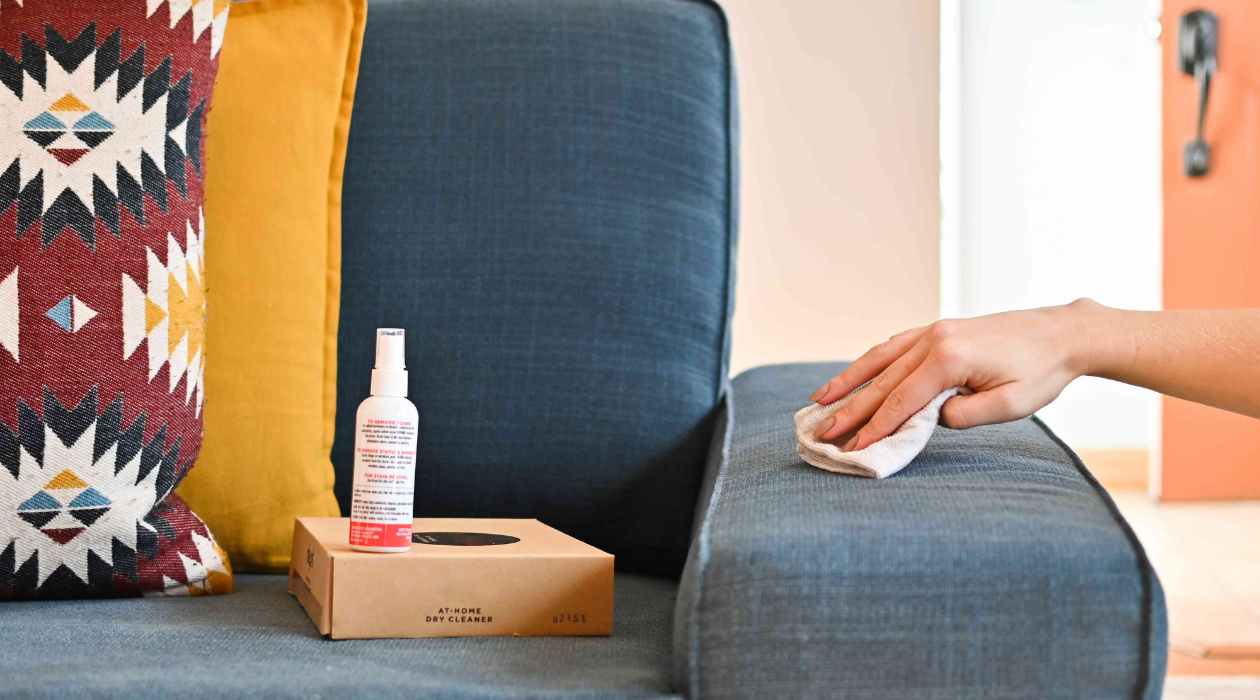
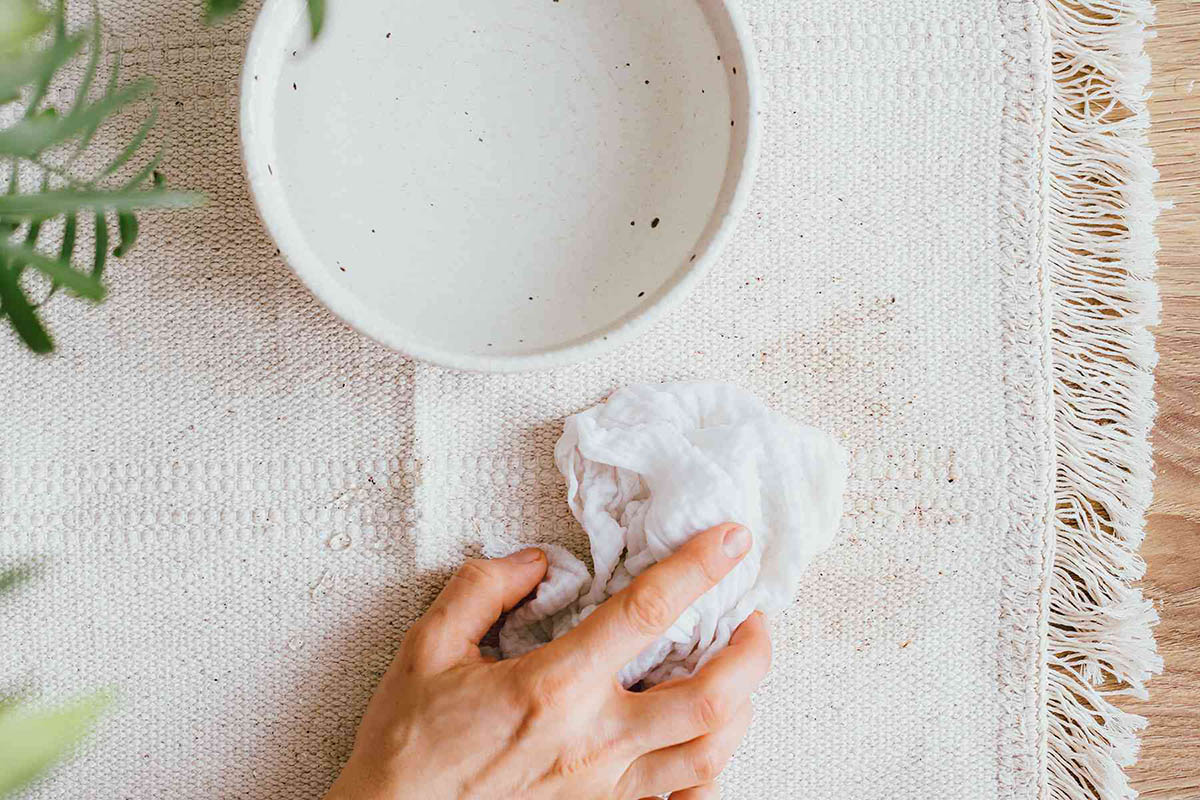
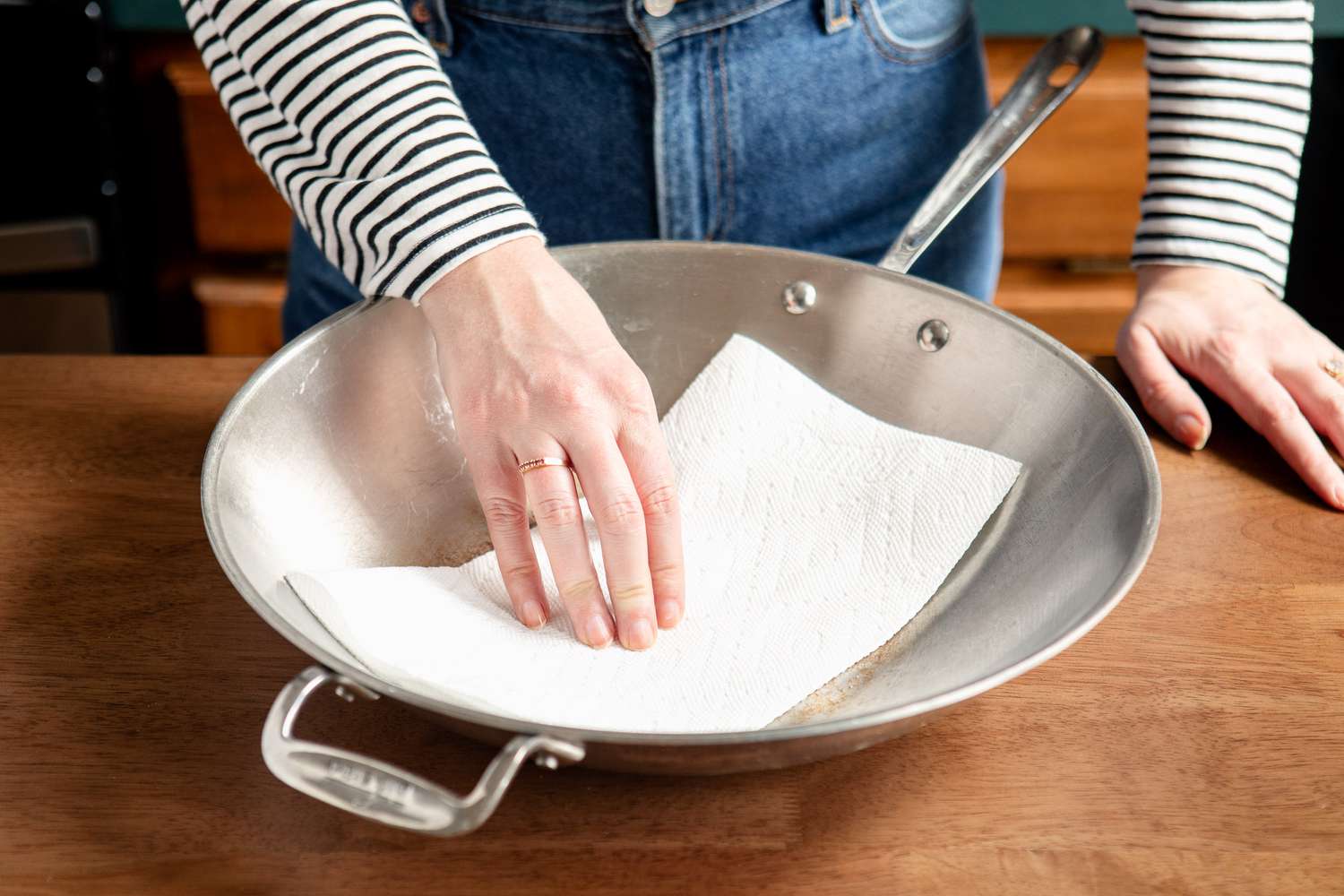

0 thoughts on “How To Remove Water Stains On Wood Furniture”